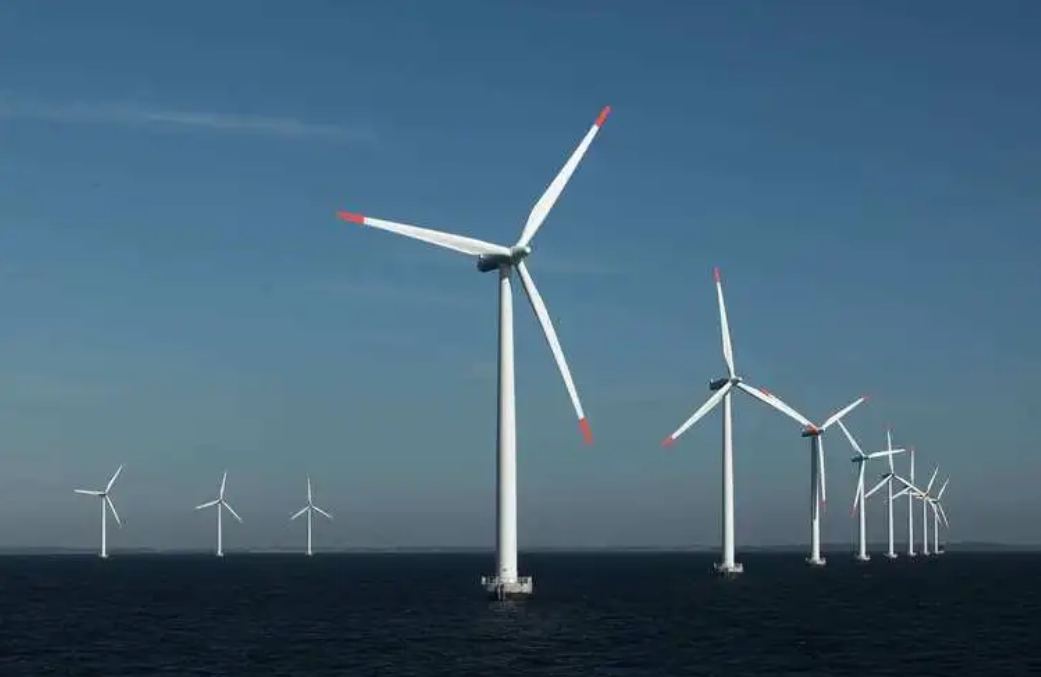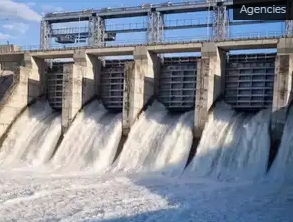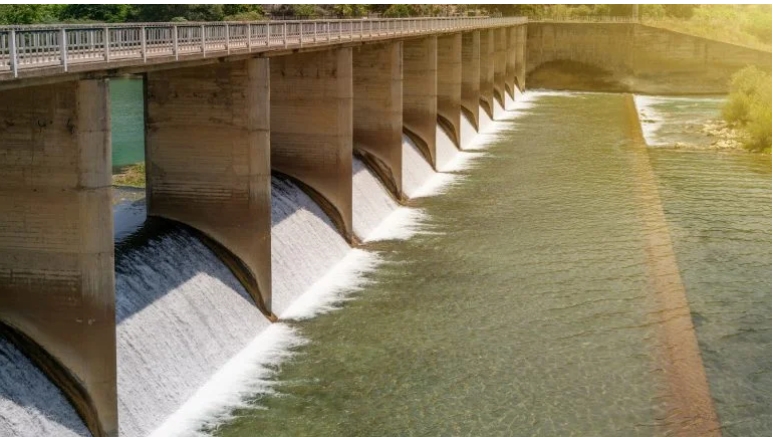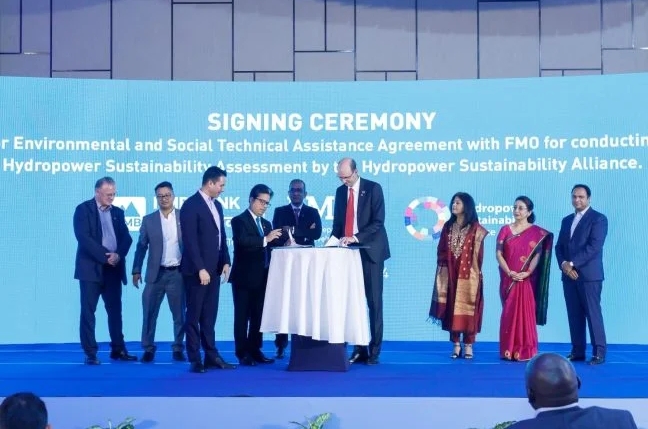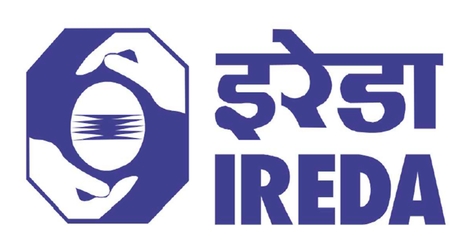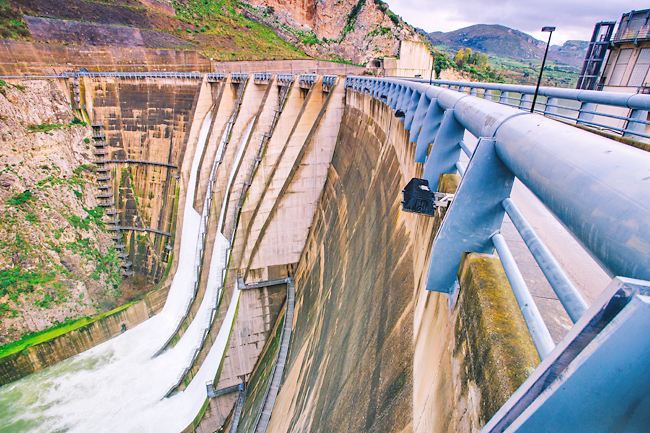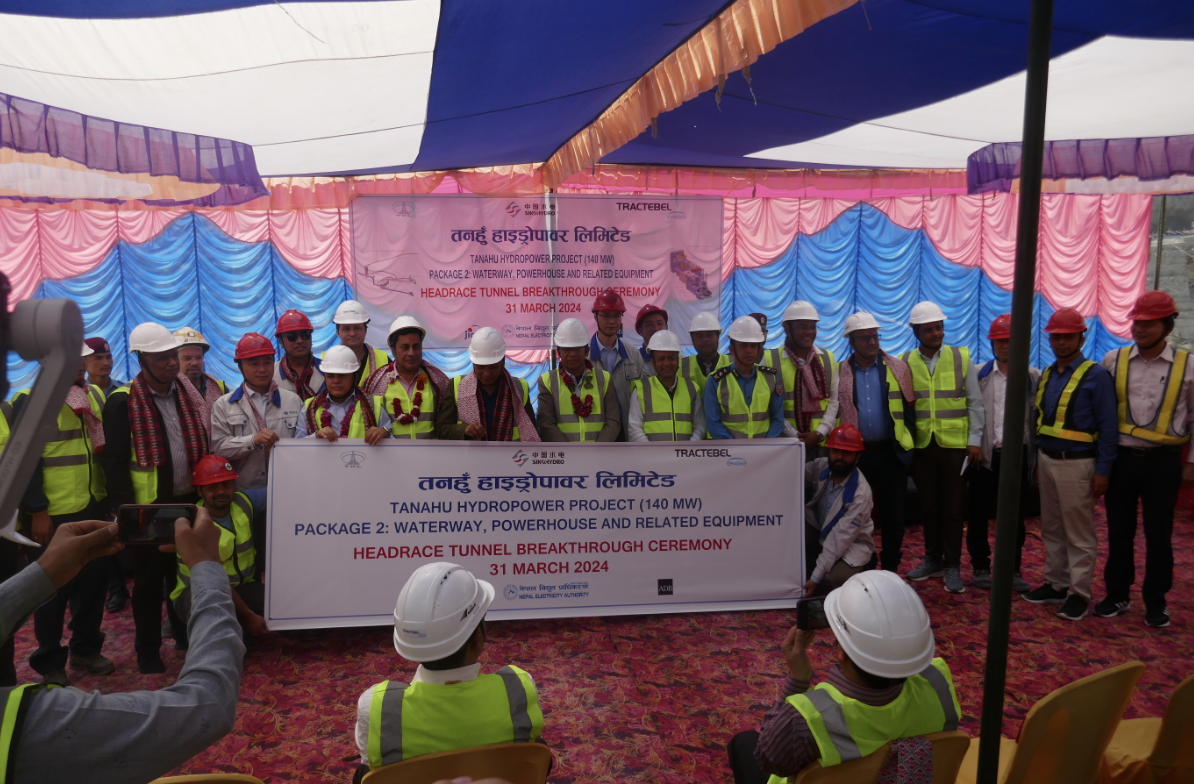The programme defines the eligible Organized Development Areas (ODA) and estimates the capacity of offshore wind projects that can be developed in the mid-term (up to 2030-2032) and long-term (after 2030-2032) horizon.
The majority of the proposed offshore areas are suitable for floating technology, HEREMA said.
“Today, with the announcement of the draft National Offshore Wind Farm Development Programme, we are taking another important step towards achieving the national energy transition targets and addressing climate change,” said Thodoros Skylakakis, Greece’s Minister of Environment and Energy.
“The development of these projects is a national priority not only because it will contribute decisively to our energy independence, but also because it enables us to export green energy in the future. It therefore gives us the opportunity for further economic growth and the opportunity to strengthen our country’s role as a critical regional energy hub.”
The plan, which has already been submitted to the Spatial Planning Directorate of the Ministry of Environment and Energy, qualifies ten eligible areas for development by 2030-2032, with a total capacity of approximately 4.9 GW, mainly for floating projects.
The said zones do not include the marine area between Evros and Samothraki, which is defined as an area for the development of pilot offshore wind projects.
The following areas are eligible for the medium-term development phase:
Eastern Crete, where it is estimated that projects with a total capacity of 800 MW will be developed;
Southern Rhodes, with a maximum installed capacity of between 300 MW and 550 MW;
In the central Aegean, with a maximum installed capacity of between 200 MW and 450 MW;
In the Evia-Chios axis, with a maximum installed capacity of 300 MW;
In the Ionian Sea, with a maximum installed capacity of 450 MW.
The Strategic Environmental Impact Assessment (SEIA), prepared by the LDK Group, has already been submitted to the Environmental Licensing Directorate of the Ministry of Environment and Energy, and is expected to be released in the coming days for public consultation with public authorities and the interested public, according to HEREMA.
“We feel proud knowing that the submission of the programme and the SEIA is the first step on a path that will create important opportunities for sustainable development, both economically and socially, and also optimistic to see the strong representation of the national and international investor community at today’s event. We are already preparing for the next steps in order to create the right framework for the rapid development of this new sector,” said Aristofanis Stefatos, HEREMA’s CEO.
Offshore Wind Could Bring Greece Billions of Euros by 2050
In addition, HEREMA commissioned the Foundation for Economic and Industrial Research (IOBE) to conduct a study on the economic benefits of the development of offshore wind in Greece.
The study includes the assessment of the importance of developing a domestic supply chain for their construction and operation, the key findings of which were presented at the event.
According to the study, the deployment of offshore wind can lead to a boost in GDP of up to EUR 1.9 billion per year on average over the period 2024-2050 and in government revenues of up to EUR 440 million per year.
Over the same period, offshore wind could make a contribution to boosting employment, supporting up to 44,400 jobs per year, HEREMA said.
